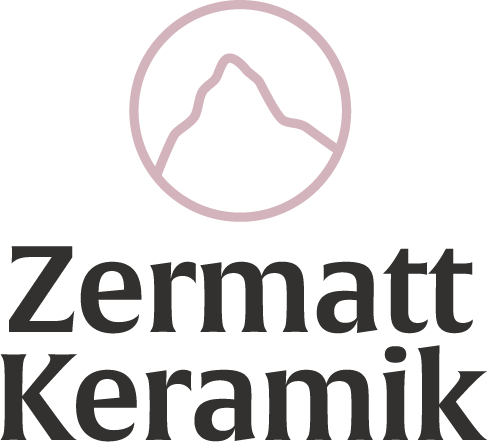The natural product clay
Posted on February 22 2022,

The natural product clay
Most people know how sensual clay feels on the hands and have certainly had contact with it. After all, everyone has made pottery at some point in kindergarten or school. So clay is familiar to us to a certain extent: as a soft, earthy mass that can be plastically formed into objects of all kinds and which then - after a firing process in the kiln - turns into hard ceramics. But where does the material actually come from? In this blog, I want to explain to you how valuable this natural product is, and where it is extracted from.
Occurrence:
Clay is a material that occurs naturally in the earth's crust and can be mined close to the surface. Now, the earth's crust consists largely of different rock layers, which in turn are composed of different minerals. The most common minerals, which can be found in almost all types of stone, are quartz, mica and feldspar. Through weathering, large blocks of rock eventually break down into smaller particles - gravel and sand, for example, are formed. Or clay.
Technical explanation clay:
Clay is one of the decay products of original rocks. It is formed by the decomposition of feldspars. This group of minerals always consists of compounds of aluminium with silicon. Chemically, feldspar minerals are therefore aluminium silicates. They consist of a crystal network that is essentially made up of SiO4 and AlO4 molecules. Feldspars belong to the minerals that are particularly susceptible to decomposition by water. The resulting clay consists of very fine-grained minerals (grain size smaller than 0.002 mm). In the case of natural clay layers that still contain a relatively large amount of water, the material is soft and plastically malleable - i.e. the way we know it from handicraft lessons. Dry clay, on the other hand, is firm, brittle and relatively fragile. It is then pure claystone. However, the expression "pure clay" should not be misunderstood. Because even in nature, pure clay deposits rarely occur. This also explains the different colours that clay can have. Rusty brown clay, for example, indicates a high iron content. Chlorine deposits, on the other hand, cause a green colouring, and if the clay is brown to black in colour, then the metal manganese is usually involved. The purest clay that occurs in nature is the so-called china clay (kaolin). This iron-free, white substance is used - as its name suggests - among other things to make porcelain. When fired, this type of clay becomes very hard and glassy. But this is a deliberate effect for porcelain.
Use in crafts and industry
Clay is found in many different industrial or handicraft areas: For example, it is the basis for roofing and masonry tiles as well as for facade and paving bricks. It is also used in the production of tableware and in art.
However, pure clay is not usually used for the production of ceramics (definition of ceramics = "fired clay"). This is because it has the property that it shrinks considerably during drying and becomes extremely hard during the firing process. Harder than is useful for the
production of bricks, for example. Just as for the production of tableware, the clay is therefore usually mixed with various additives that give it the properties desired by the customers.
Stay tuned and check out our next blog. In it, I will talk about the valuable reprocessing of clay.
